
Tunisia chapter thirteen
Bizerte back to Tunis, and beyond.
I take breakfast at the guesthouse, a delicious spread of breads and jams with a hard-boiled egg. A French couple appears as I’m finishing up and I say hello before heading up to my room to finish packing.
I’ve decided to spend the morning in Bizerte. I don’t have anything pressing to do in Tunis and I figure I might as well make the most of my time in this town I’ve grown to love. I wash up and neaten my bags before leaving them with my hosts and take to the streets.
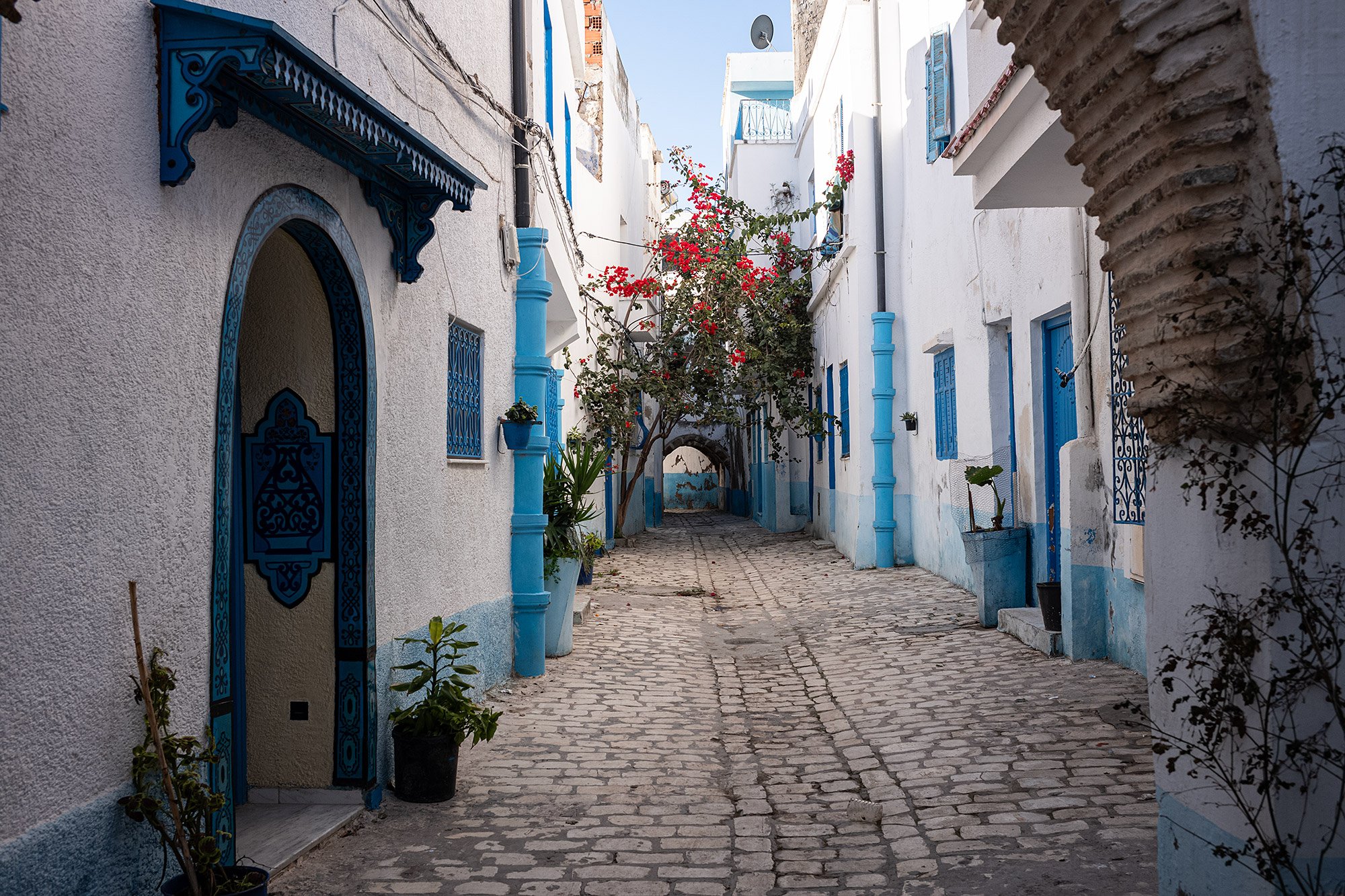
I walk up the hill to the Spanish fortress. I’ve seen it from the roof of the guesthouse, an amphitheater cut out from the hillside below rocky ramparts. I reach the large wooden door to find it shut and locked. I turn away, but my rattling must have alerted the guard who opens it and invites me in to have a look.


I thank the guard and tip him on the way out before continuing on along the fortress walls. Reaching the corner, I turn and find an opening in a low wall that leads through to the Cimetière Sidi Turki. I walk quietly along the paths past the marbeled graves shaded by cypresses and palms.

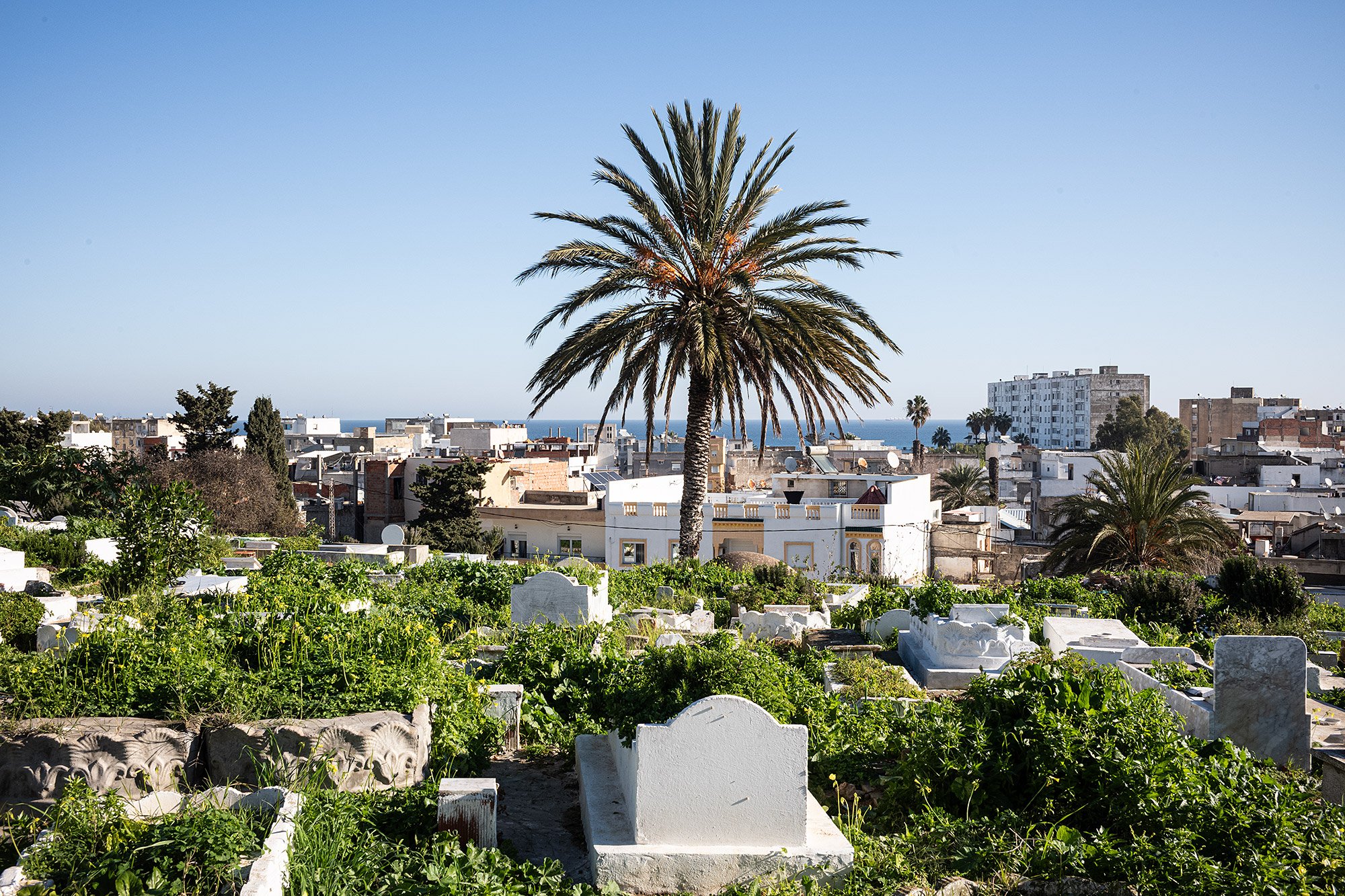
Back at the port I walk along the walls of the casbah to the main road that runs along the sea. The light is clear and bright; there’s not a cloud in the sky. The golden walls appear to deepen the blues of the skies and the water as the sun beams down upon the port.
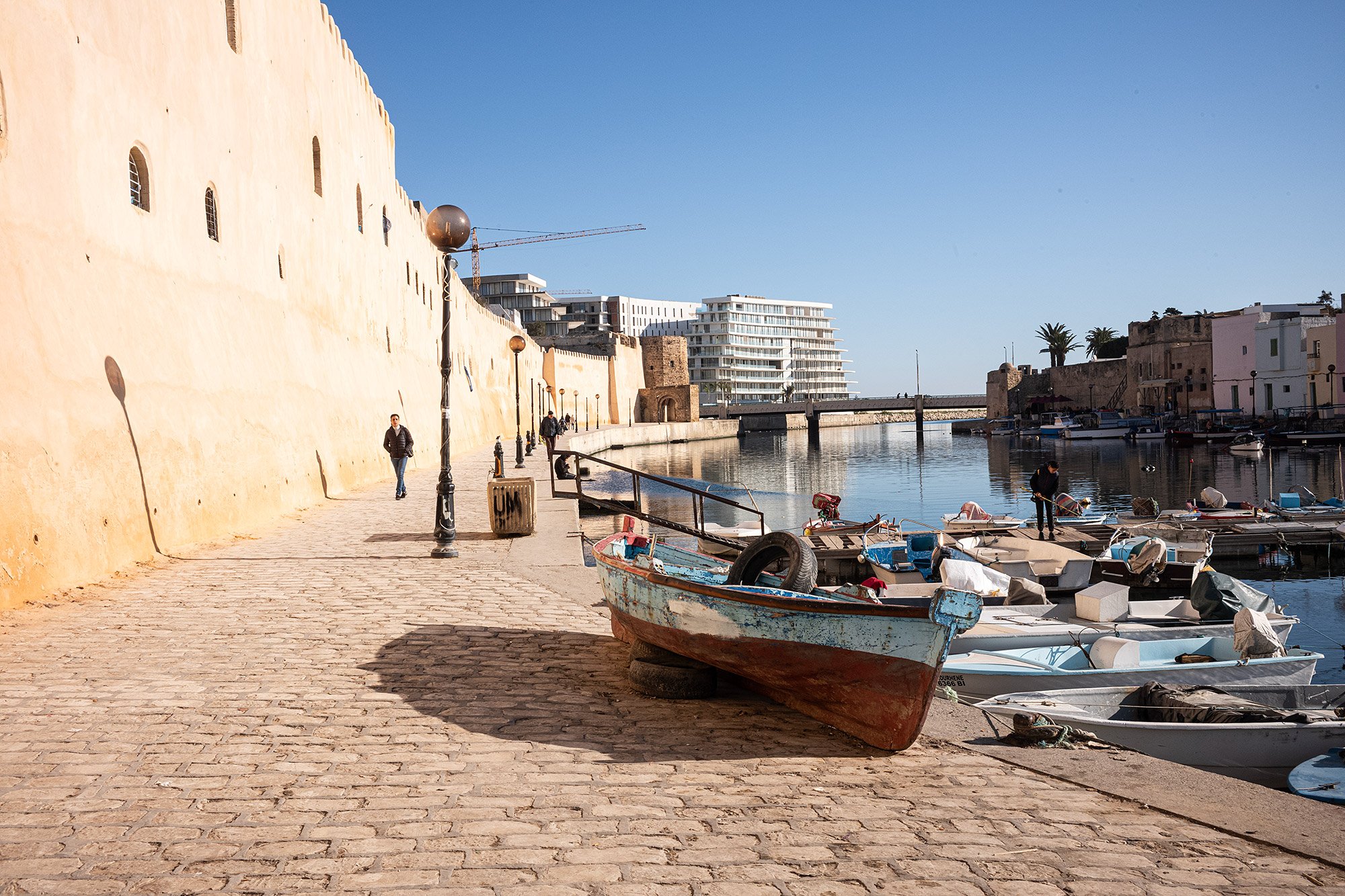
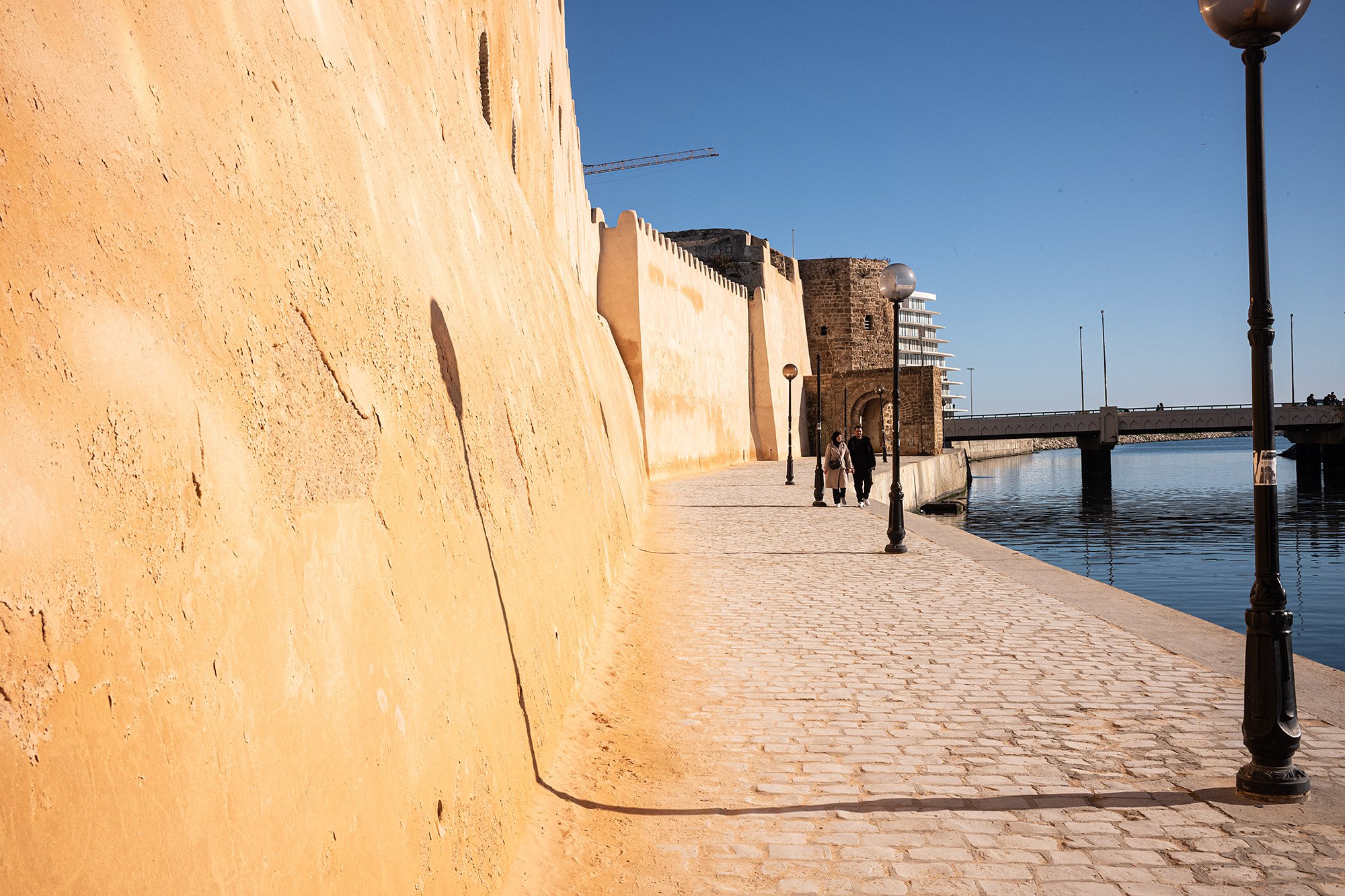
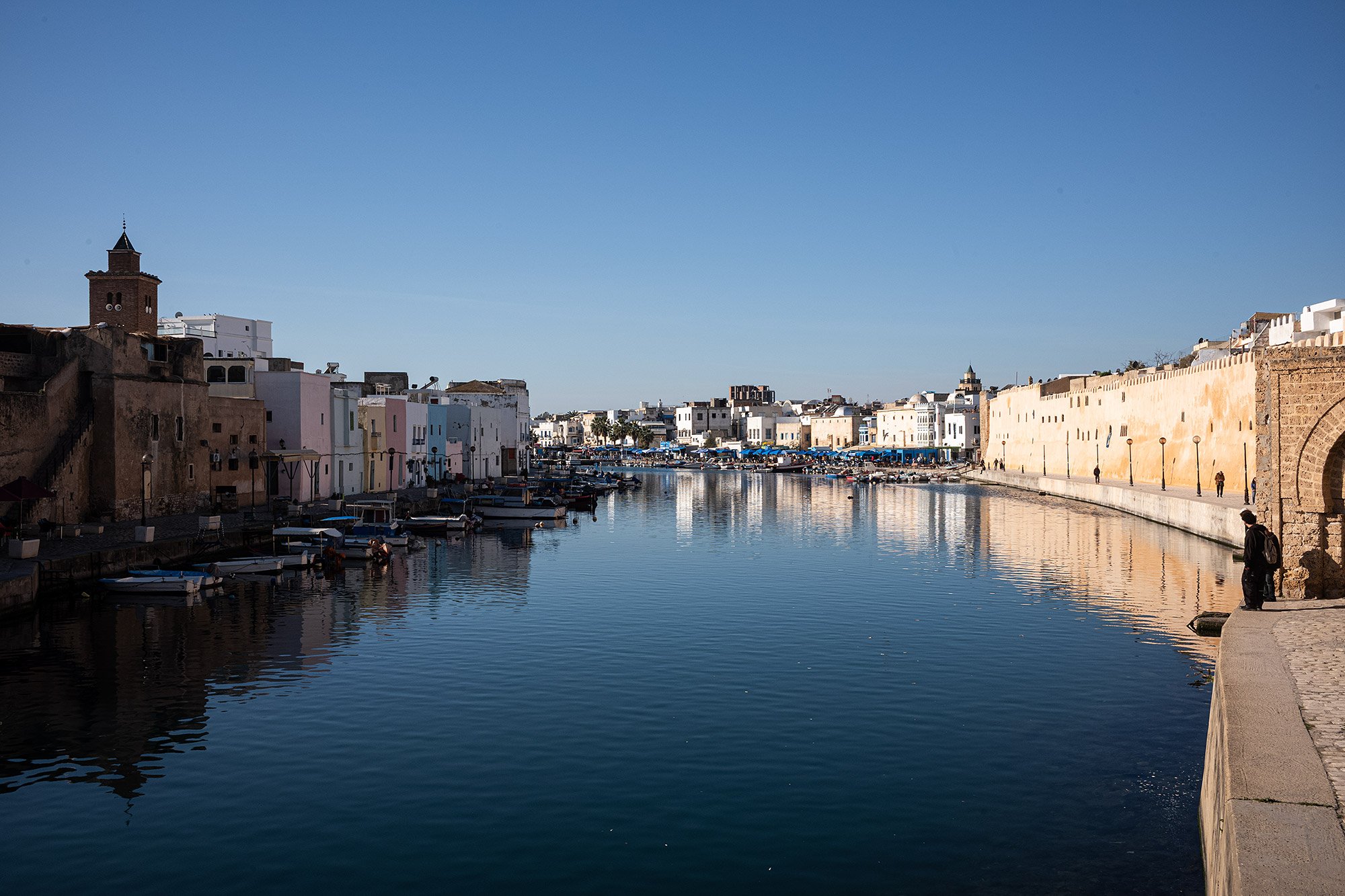

Two boys stand poised on the Sidi Salem Bridge to jump. I pause to watch, but they hesitate, the younger one seemingly unwilling to participate. Another couple stops to watch the show and we wait as the one contemplates, shuffling to the edge before shuffling back to the safety of a pole. Finally, the older one, as if to encourage the other, leaps off of the column and splashes down in the water below.

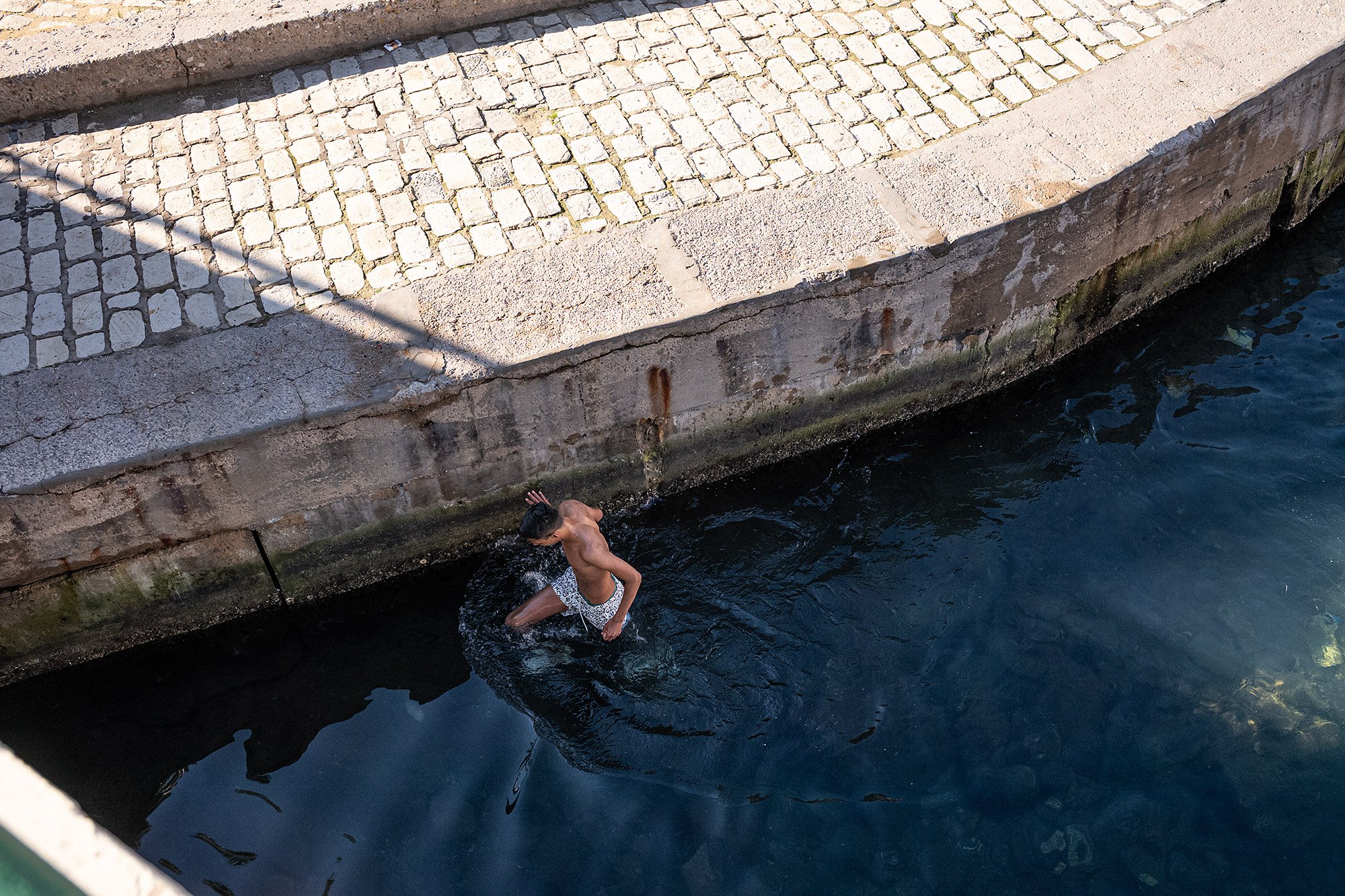
I continue walking down the Boulevard Habib Bougatfa to the Voile de Bizerte, a monument that adorns a roundabout. A plaque marks it as the Place Mohamed Larbi Almia, with the dates 1948 – 2021 etched above it.
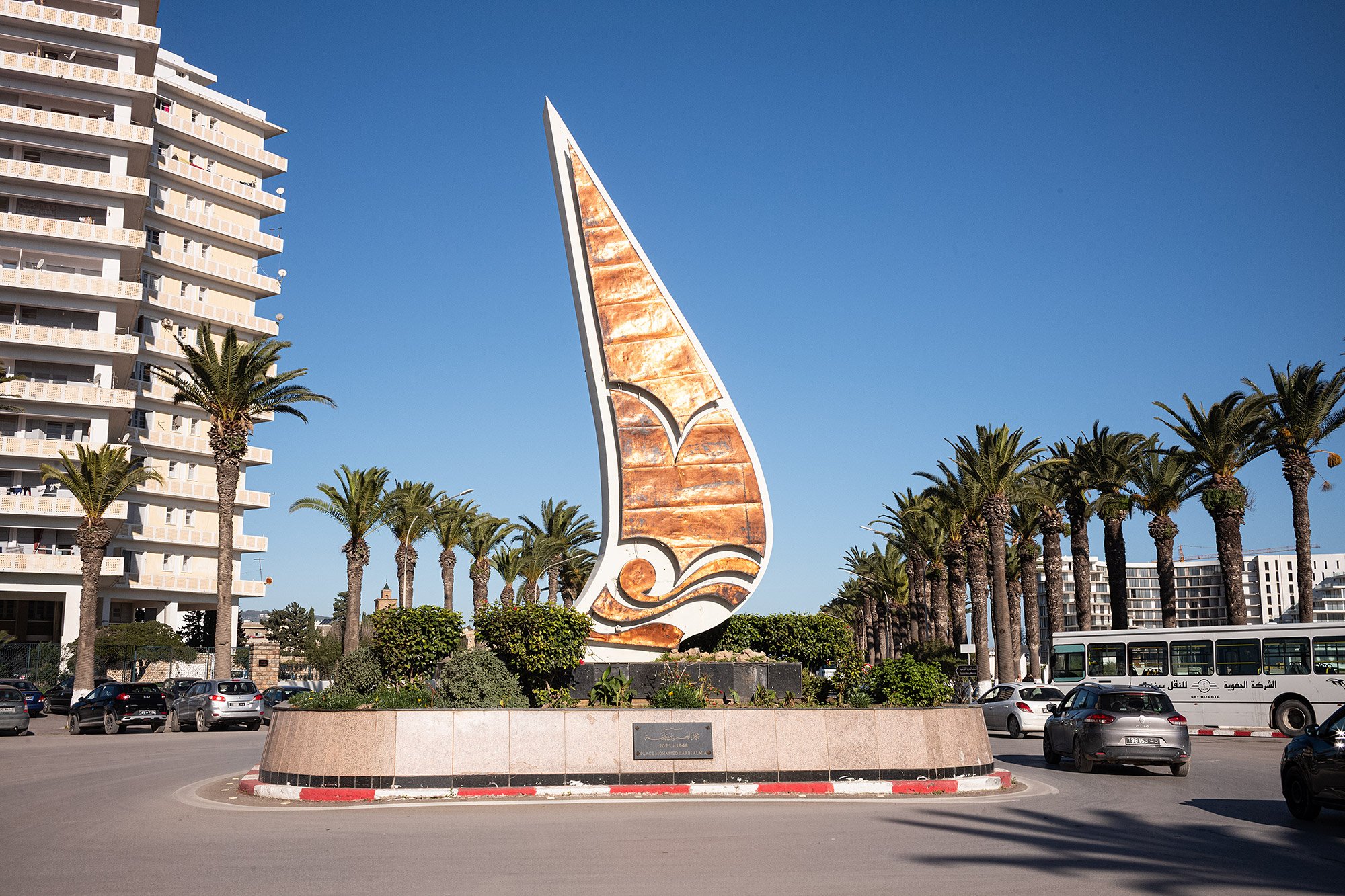
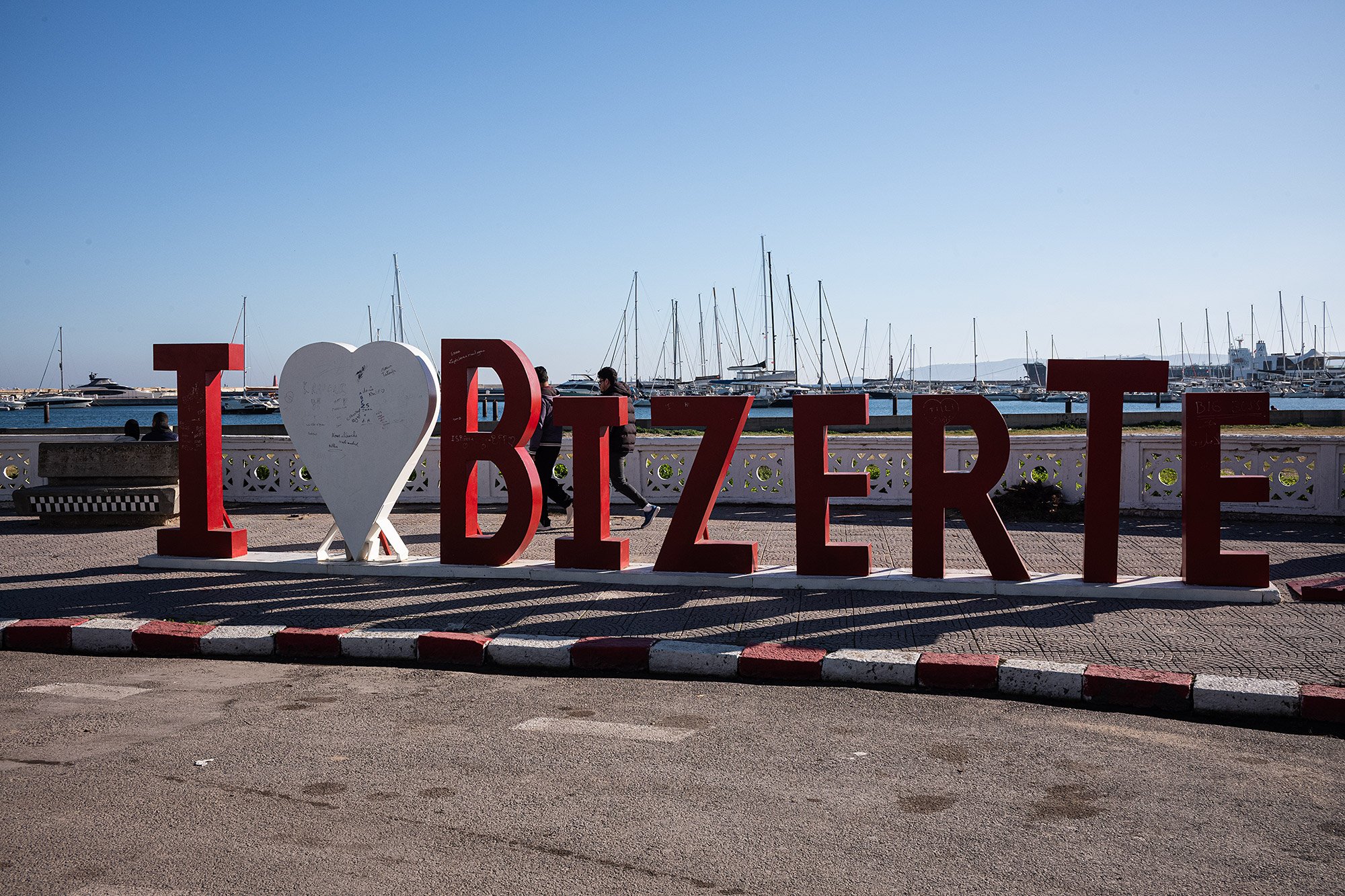
I walk back to the port and then along a long promontory that juts out into the sea. A green lighthouse sits at the end and I find a man lying on the concrete blocks that are strewn around it as a breakwater. I walk around the lighthouse and make my way back to the mainland.

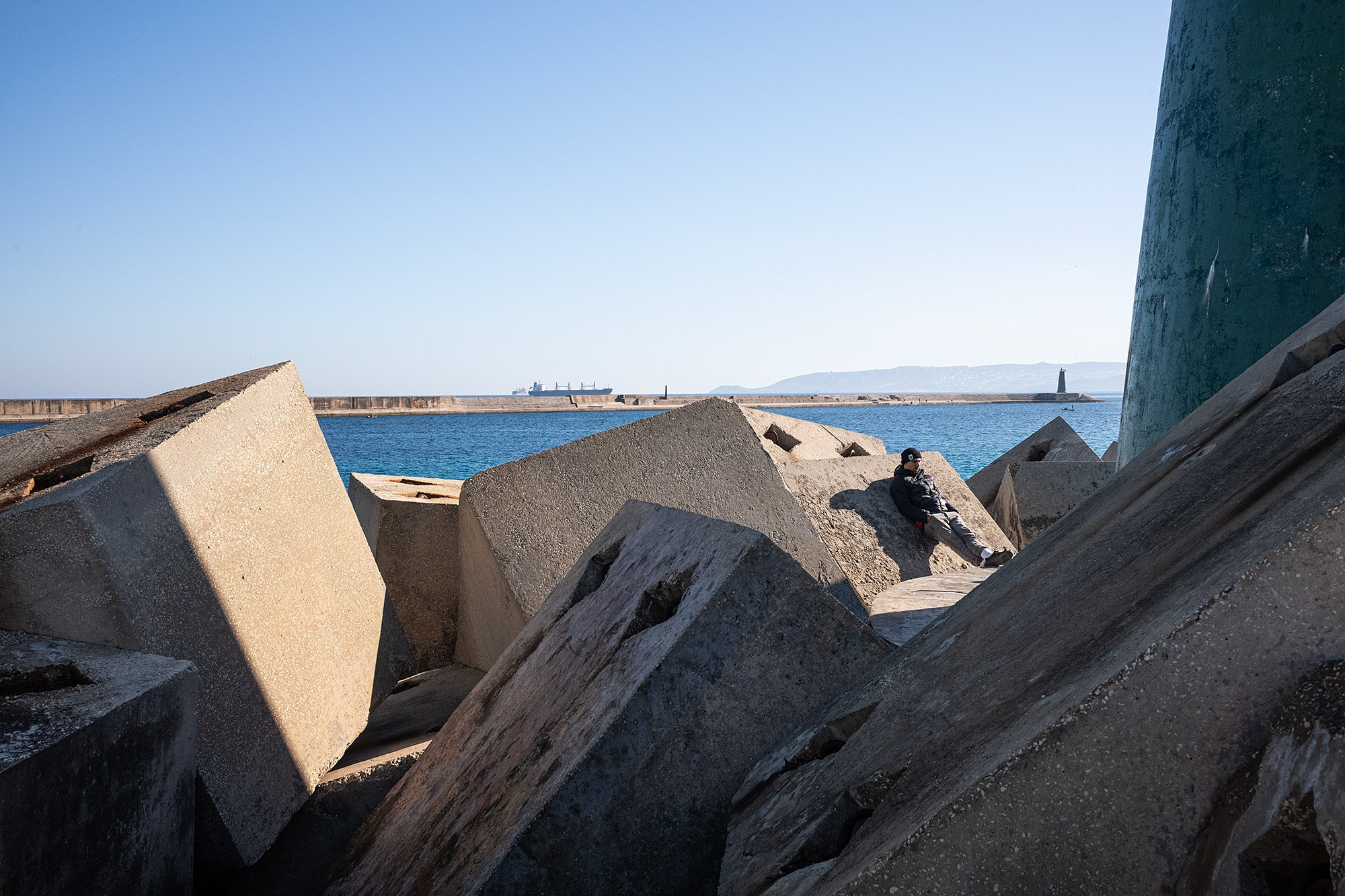
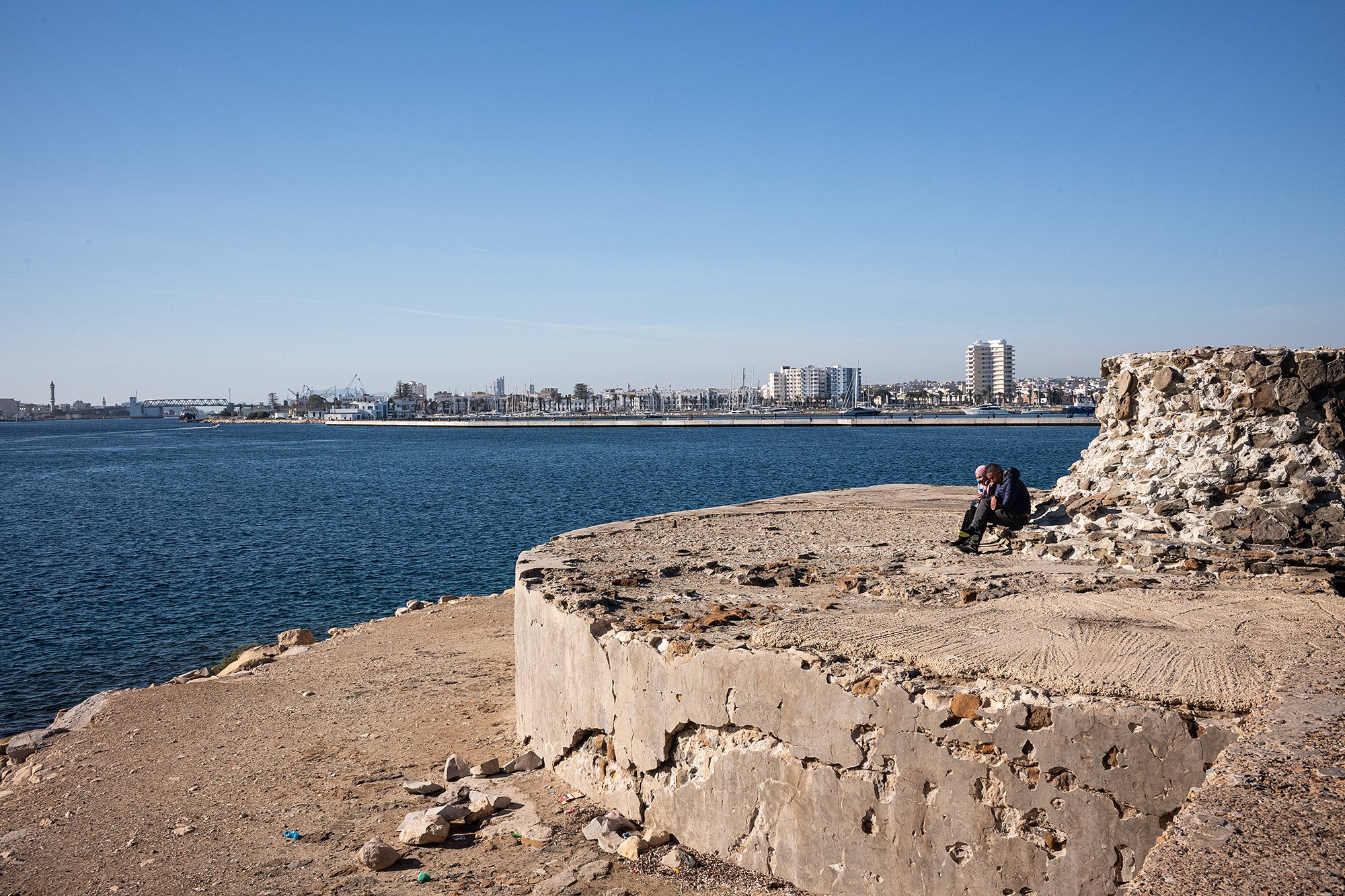


I walk once again along the walls of the casbah before entering it and then along the streets within. I ring the bell at the guesthouse to be let in to collect my things.


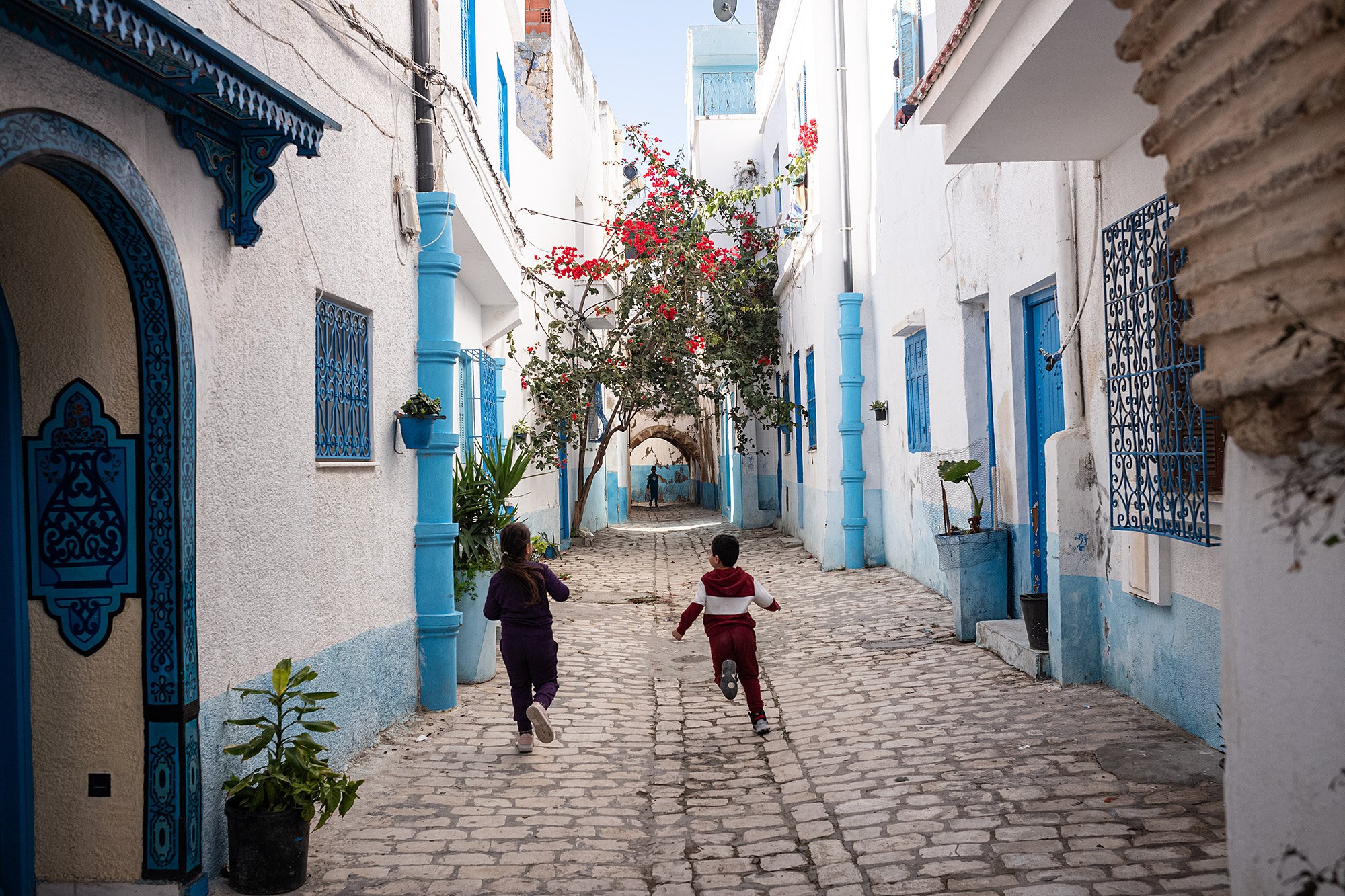
I thank my hosts and hope to see them again before shouldering my bag and stepping out once again into the streets of the medina. Outside the casbah I retrace my route back to the louage station, checking out a display of wares here, ducking into a market there. The outdoor market isn’t as lively as it was when I arrived, perhaps owing to the hour or the day.
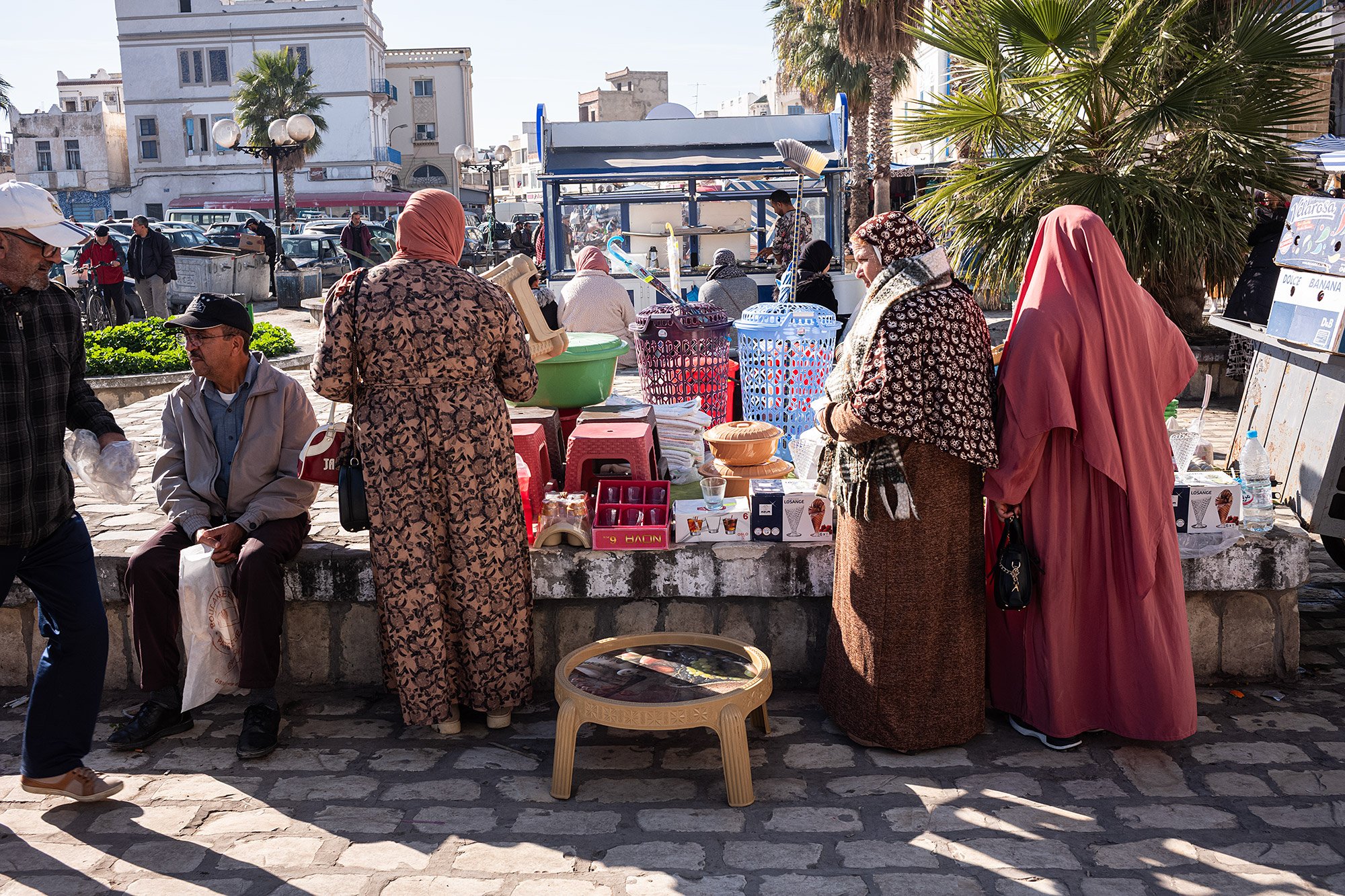
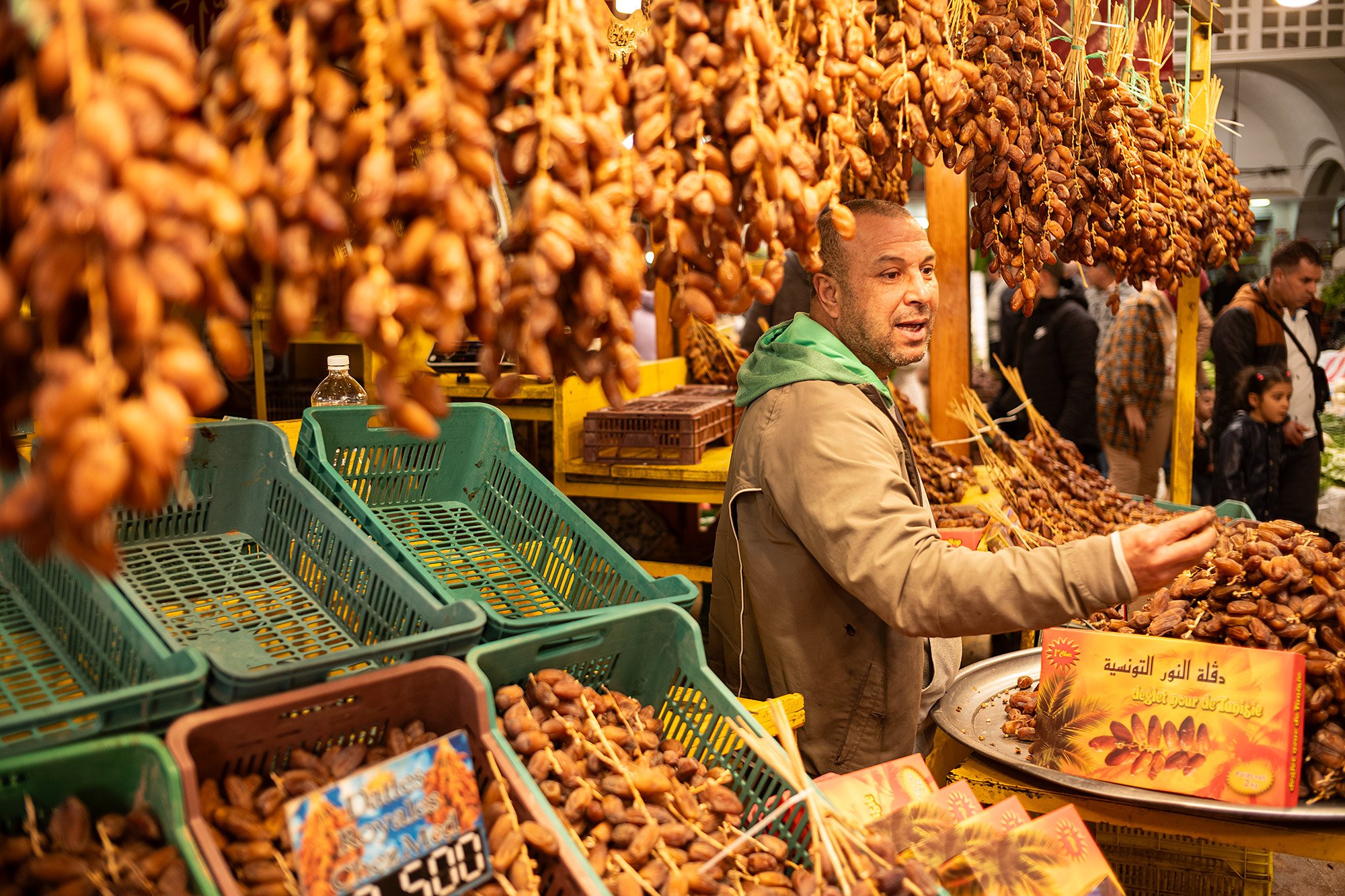

I decide to take a side street so that I can visit the park that runs along the canal and enjoy views of the water rather than the city blocks. A few small groups have gathered with the same idea, strolling along the water or planted on a bench to enjoy the warmth of the sun and the clear afternoon ahead.


I recross the bridge back to Zarzouna. An unbroken stream of cars cross into Bizerte.
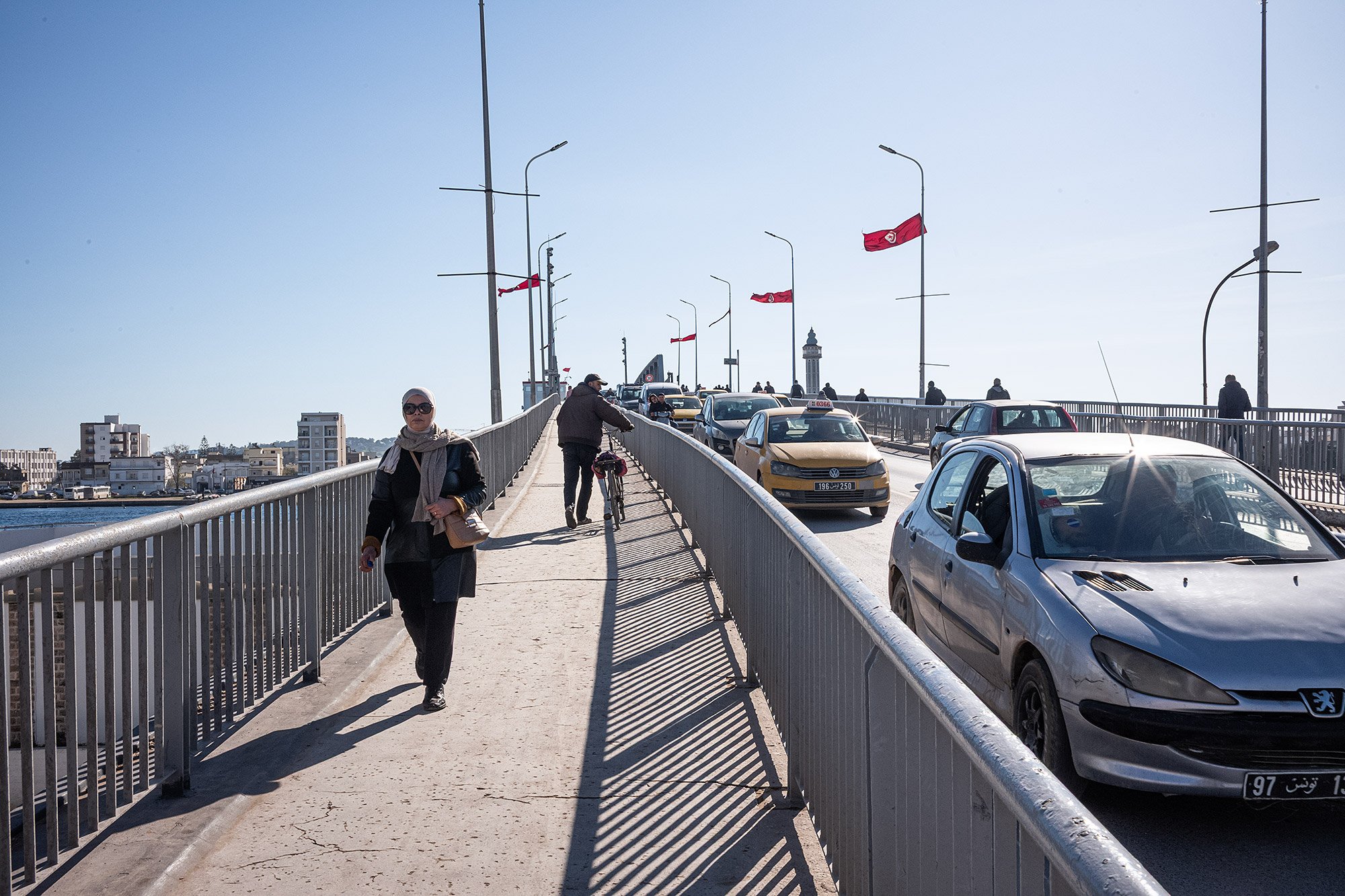
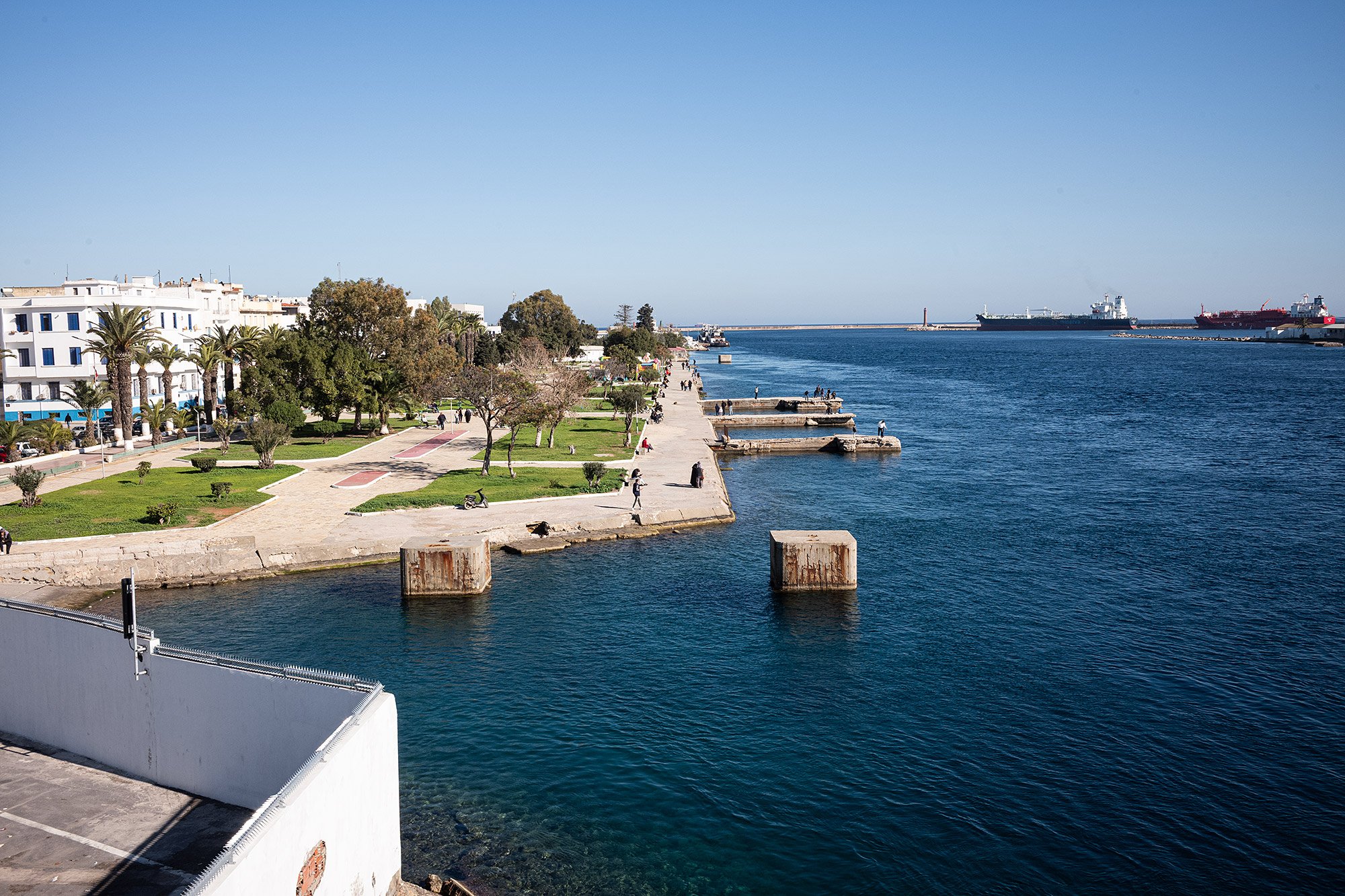
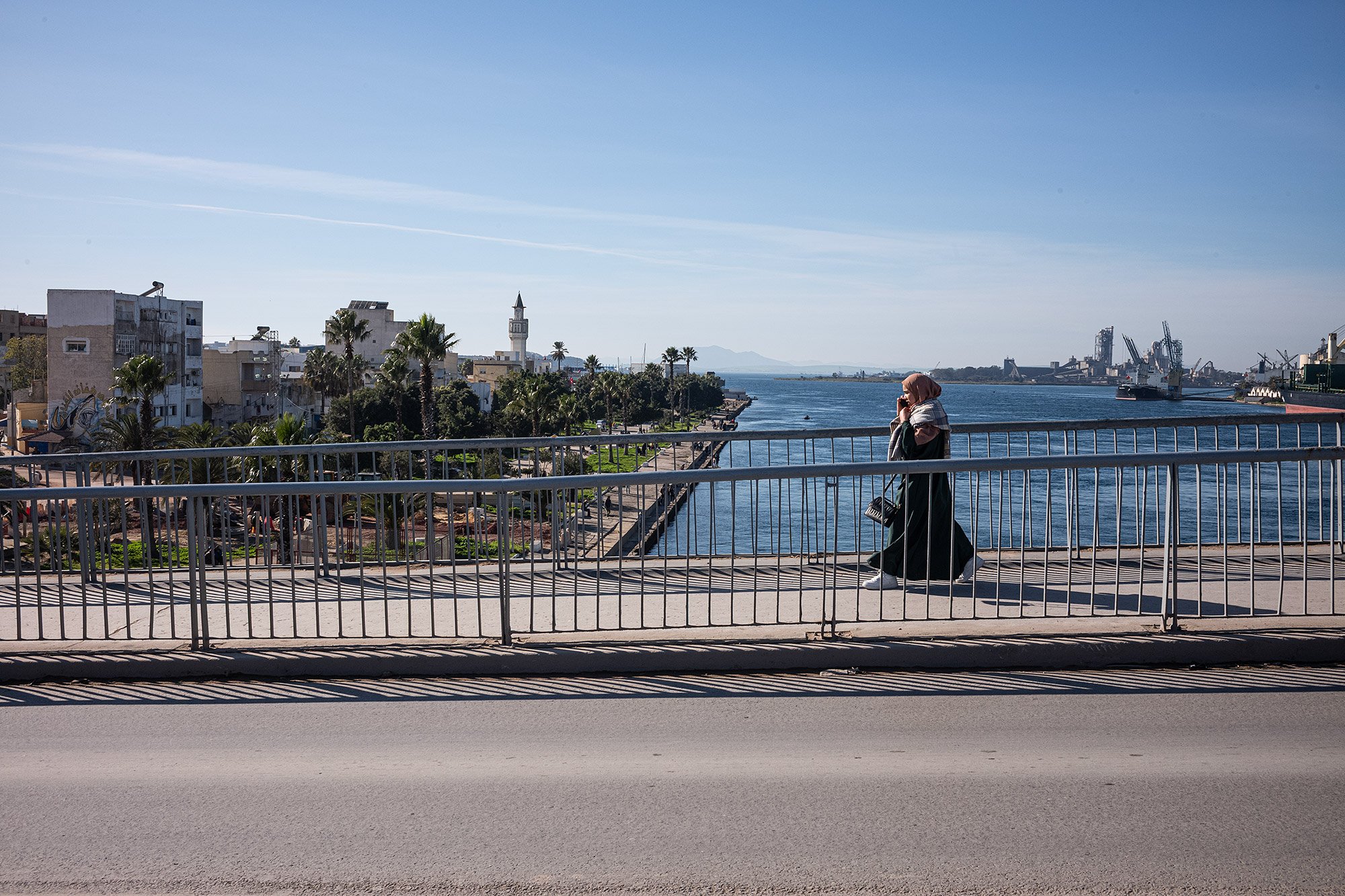
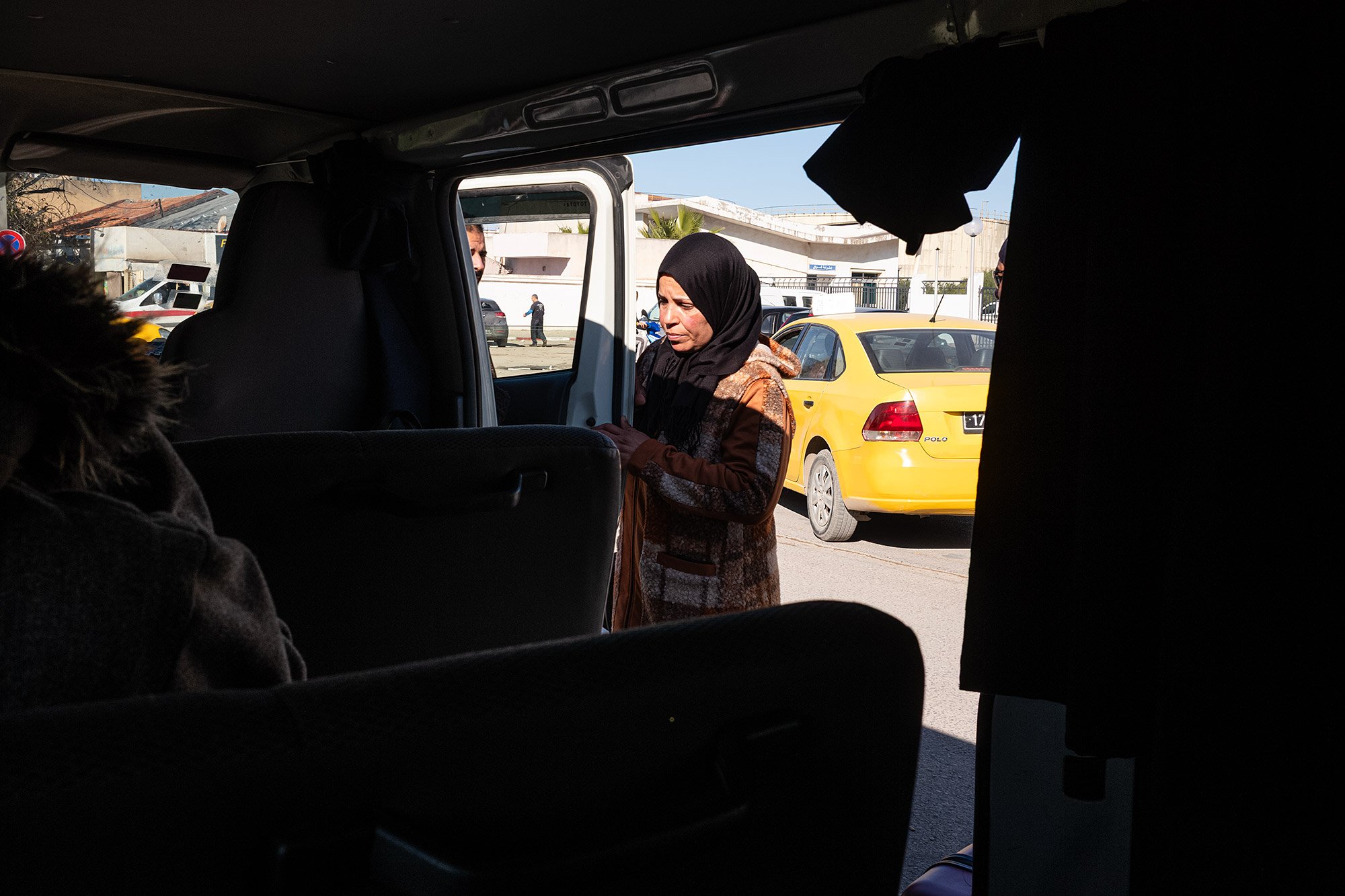
At the station I am again fortunate to find a louage almost ready to depart. I am the passenger that tips the scales. It’s a little over an hour to get back to Tunis and, once there, I retrace my steps back to the Place Bab Souika and an entrance to the medina.
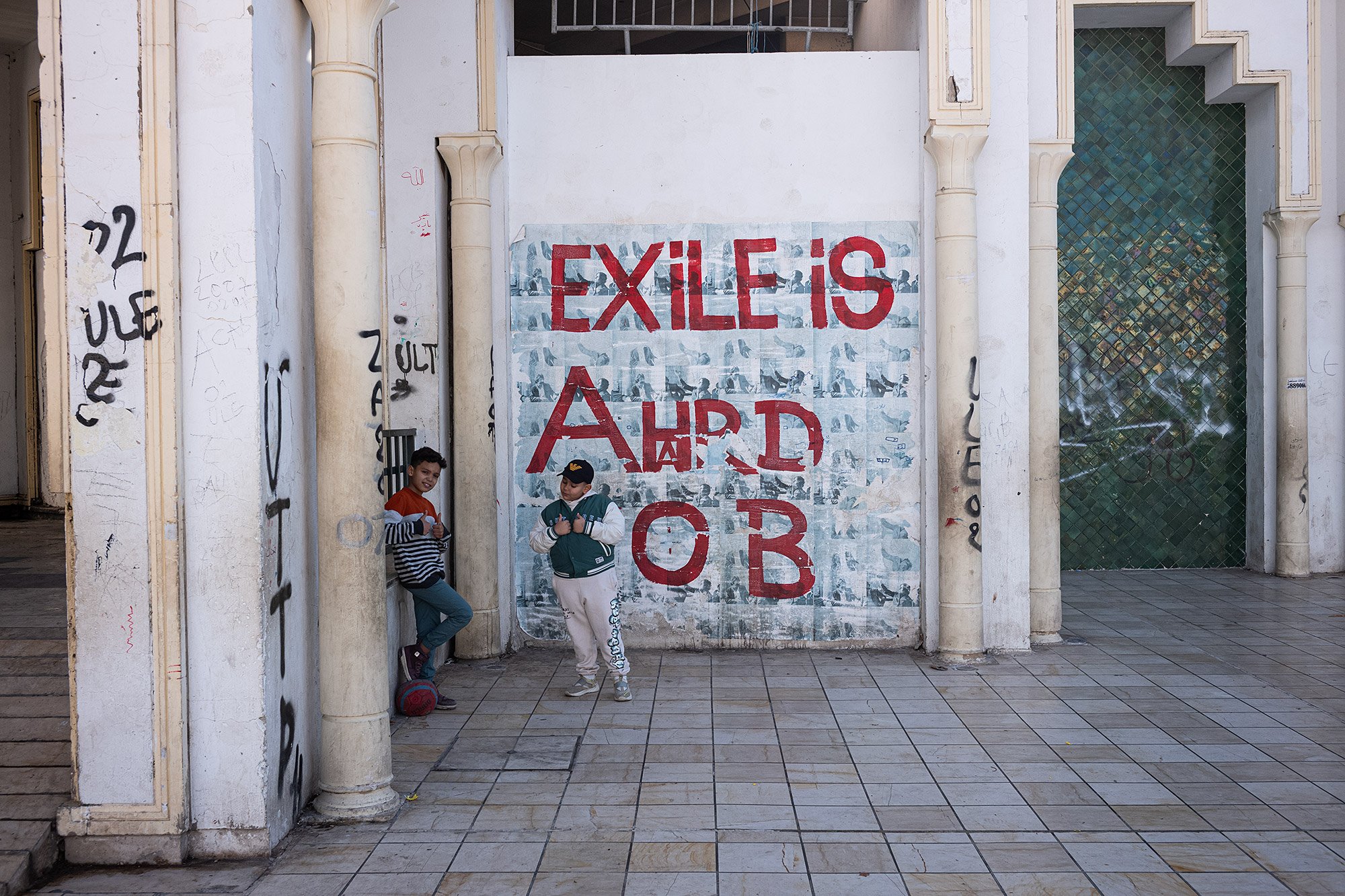

It’s a quiet Sunday, and few shops are open as I walk through deserted souks and down peaceful residential streets. It’s good to be back in the place I’ve called home the past month, but I’ve left part of myself in Bizerte. And if/when I decide to revisit Tunisia, Bizerte will factor largely in that decision.

On my last night in Tunisia, I decide to splurge and move to the Royal Victoria Hotel, a former British Embassy, on Victory Square. I tell myself it’s to make moving my bags easier on the day I’m to depart, but I’m also looking for a change of pace. I had considered the hotel for my first few days in Tunis, deciding in the end to stay in a traditional home, but my curiosity about the Royal Victoria remained piqued and unquenched.
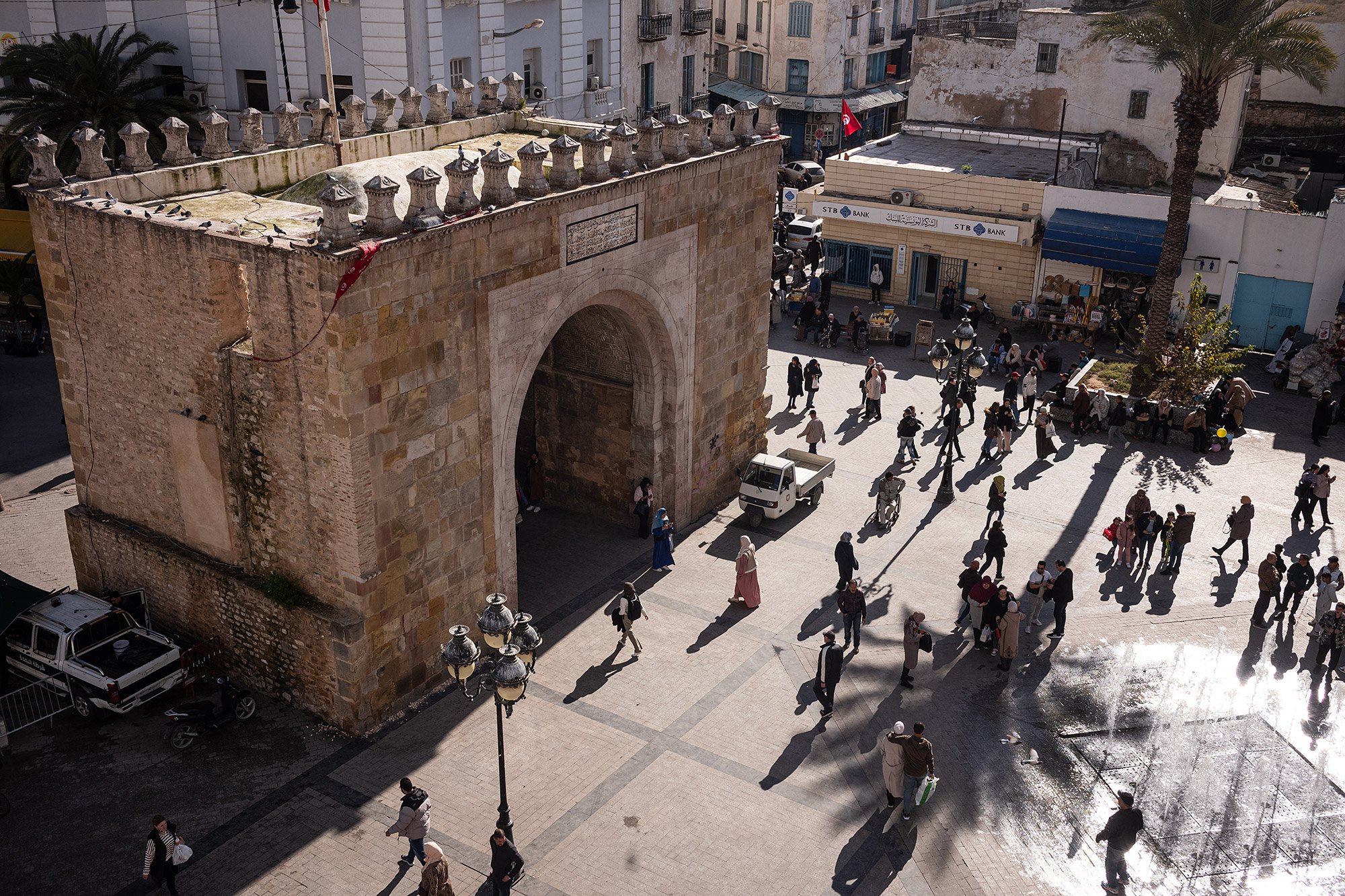


The woman who checks me in is friendly and vibrant, explaining the amenities of the hotel, the free breakfast, the WiFi. She hands me a key and guides me to the tiny elevator that takes me to my floor. I can barely fit with my backpack on my shoulders. She’s given me a fantastic room, practically on the corner, with great views down to the square and along the Ave de France that leads to the Place de l'indépendance and the Tunis Clock Tower.


On the morning of my last day I take breakfast in the ground floor restaurant and then pack my bags for the airport. I have some time before checkout and leave them in my room as I head out one last time to wander the narrow streets and alleys of the medina before I have to go.


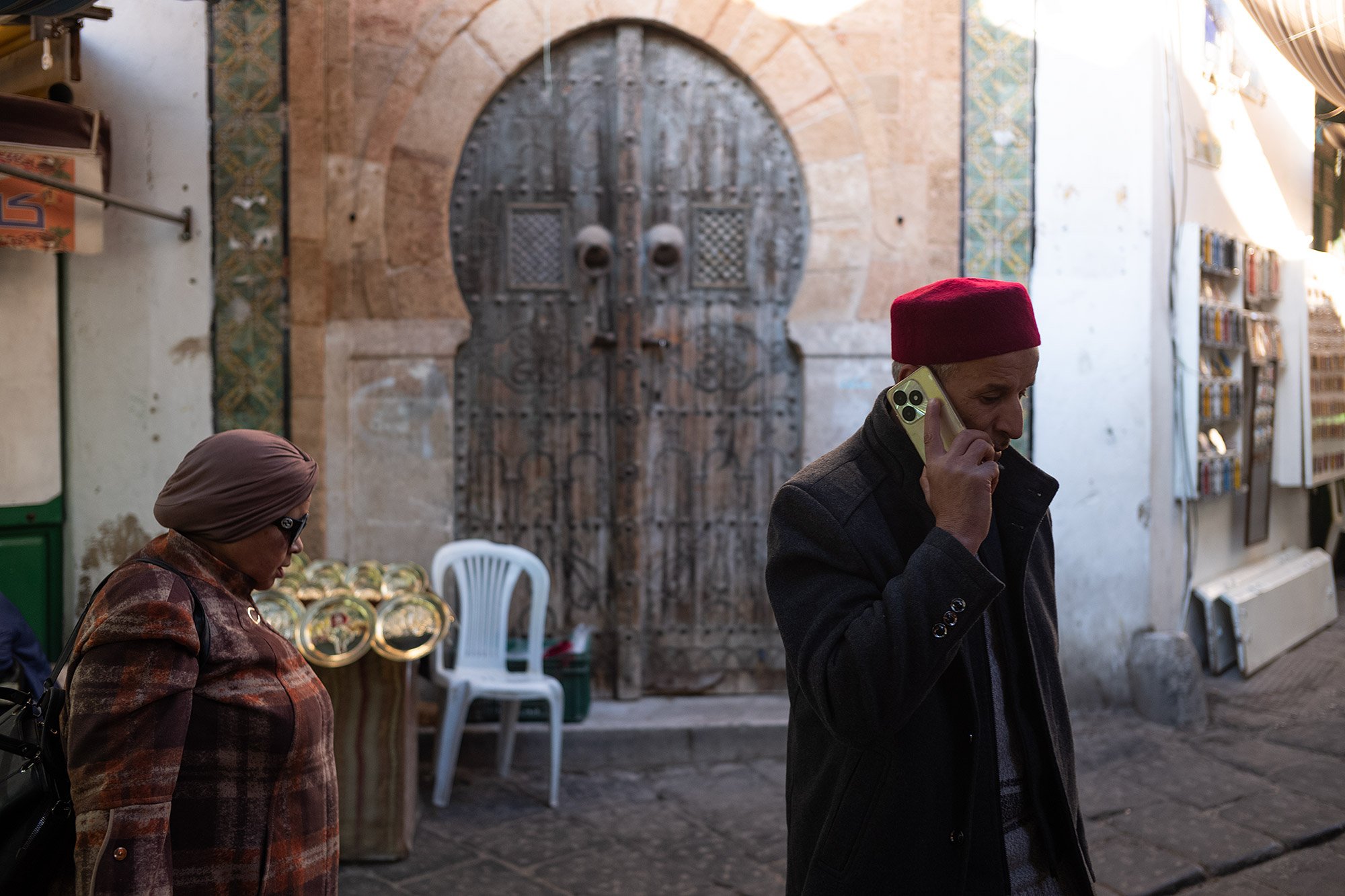



I take an Arabic tea at what’s become my favorite coffee shop, enjoying the cool morning and the still moments before my life once again becomes a jumble of taxis, lines, passport control, airport lounges, and planes.

Next to the Ez-Zitouna Mosque I see a tour group step into a souvenir shop to climb the stairs to the roof for the views and slip into their ranks. From the top we can see the dome and the minaret standing tall over the medina, though we can’t quite see into the courtyard. I happy to have this as one of my last memories of the city before I return.


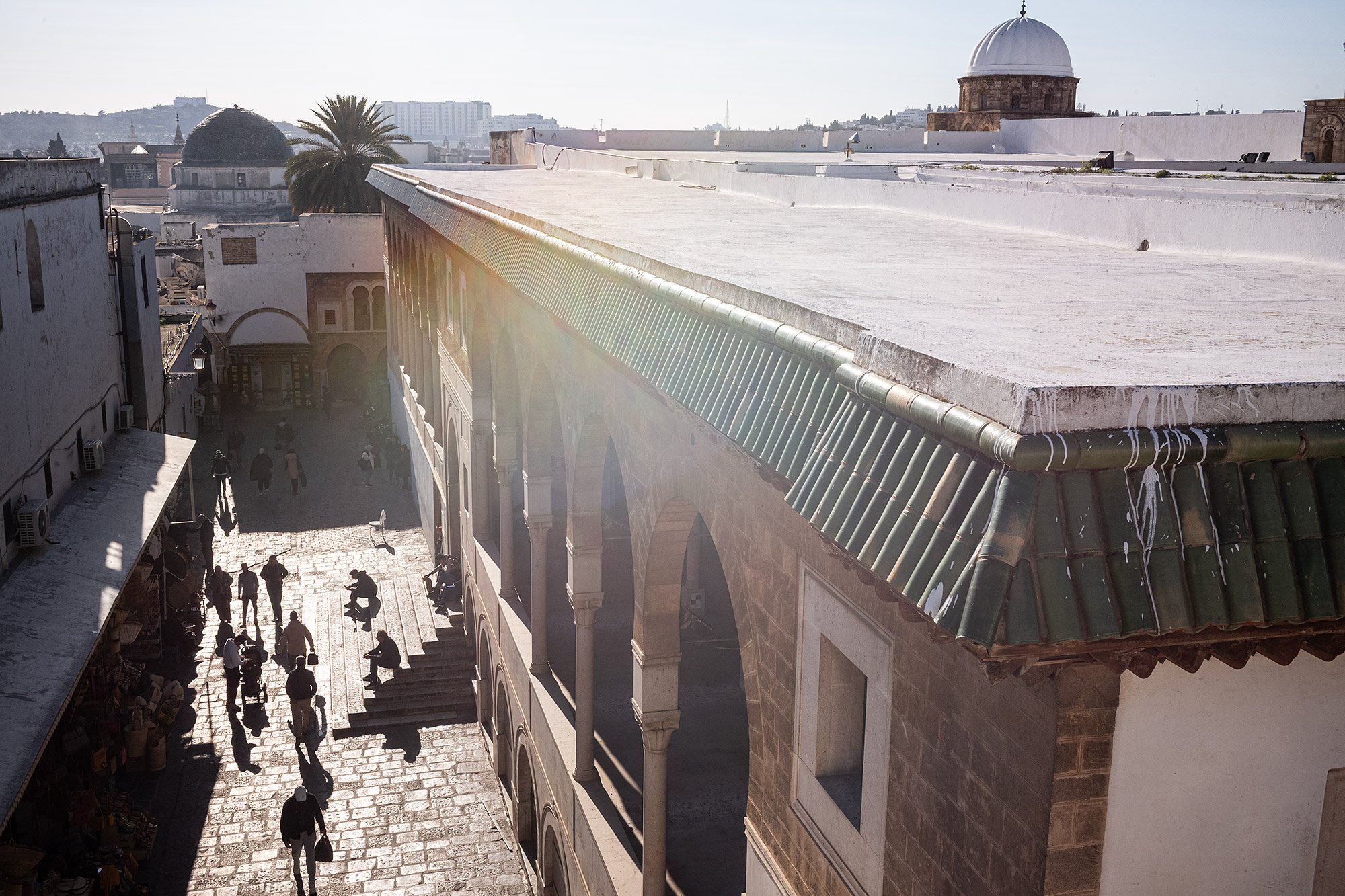
I walk back to the hotel along the main street that runs past the apartment in which I stayed. The shops are open, wares on display. I walk past the apartment and continue east to Victory Square, the route a now-familiar one.
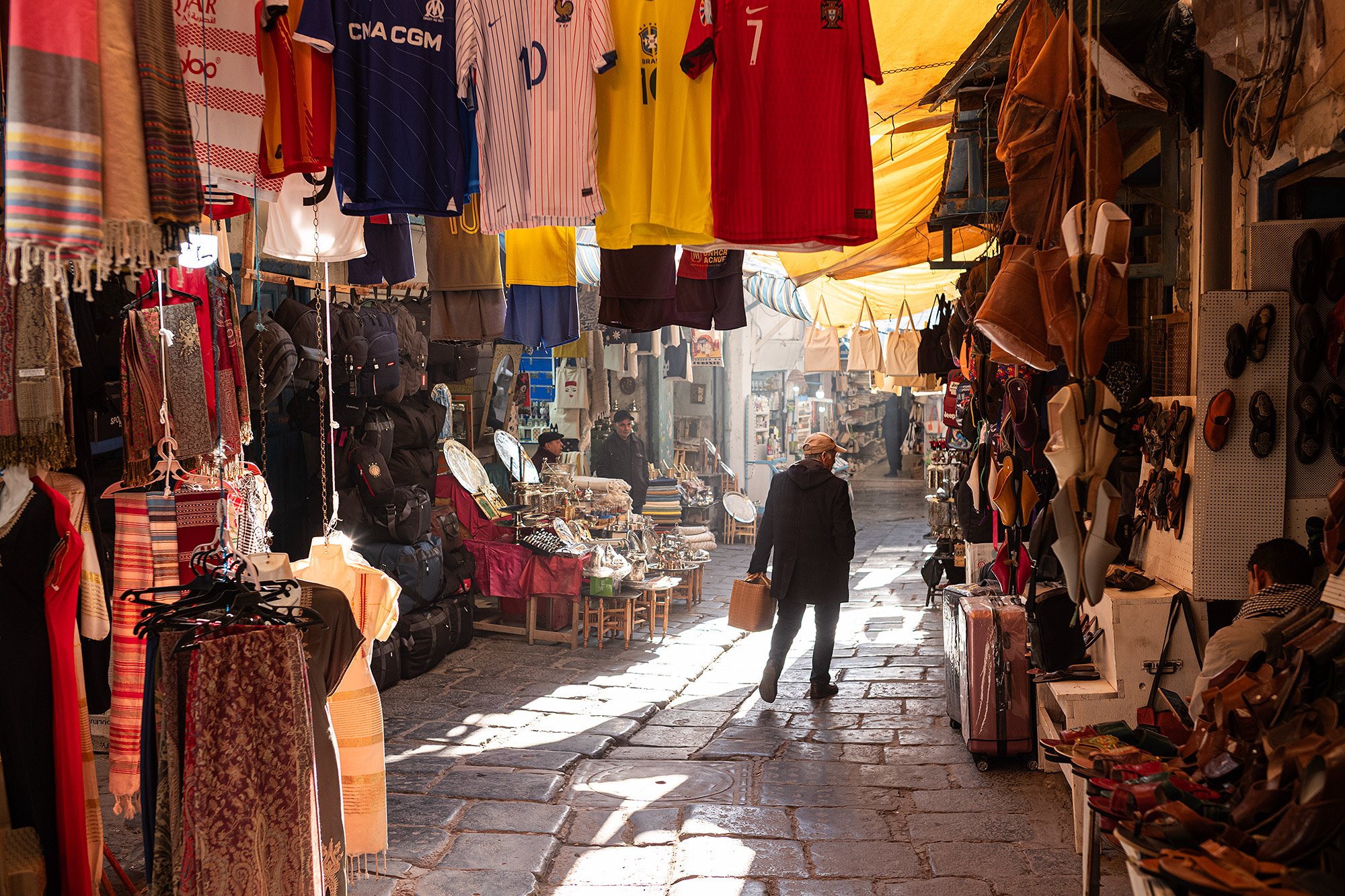
I wait in the lobby of the hotel for my car to arrive and fall into conversation with the man at the front desk. He asks me about my stay, surprised I’ve spent as much time in Tunis as I have. He asks me how I liked my time in Tunisia. I tell him I loved it; I look forward one day to return. Inshallah. 🇹🇳
5 – 11 January 2025

